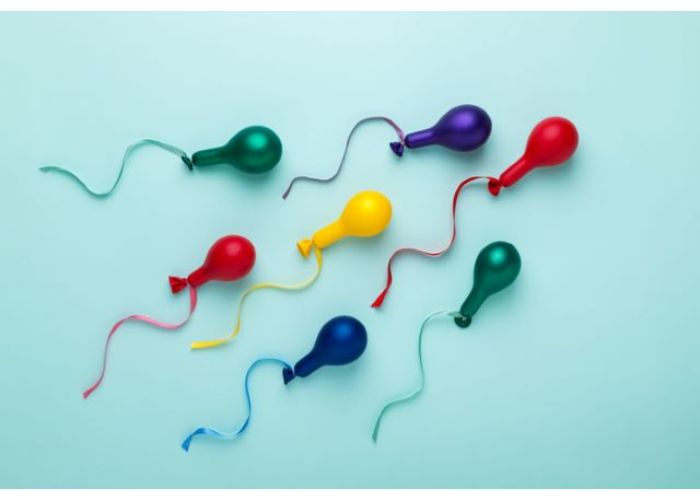The methods or devices that have been historically used to prevent pregnancy are referred to as the history of birth control. These methods are obviously not new, only that they have evolved over the years. It is worthy to note that effective and safe methods of birth control only became available in the 20th century.
Ancient Egyptian women, as far back as 1850 BCE, have to rely on crocodile dung to prevent pregnancy. They have to rub the crocodile dung on their cervix to aid birth control- disgusting, right? Aside from crocodile dung, these women also used a mixture of honey and sodium carbonate or honey, acacia leaves and lint for this purpose.
Acacia plant, native to parts of Northern Africa, has natural spermatocidal qualities, no wonder it is still found in contraceptive jellies today. Aside acacia, silphium is also used although it is only found in a small strip of land on the shores of Cyrenaica in modern day Libya. As Christianity gain popularity, the use of herbal contraceptives was discouraged and in fact, anyone found with the knowledge is accused of witchcraft and burned alive.
Despite the decline in the use of plant-based birth control, other methods of preventing pregnancy evolved. The evolvement leads to the use of male managed birth control; predominant of those methods is the use of a condom. Asian upper classes used glans condoms that covered only the tip of the penis and are made from animal intestine, animal horn, oiled paper or tortoiseshell. The issue is, glans condoms move frequently during intercourse and cases of becoming lodged inside the woman were recorded.
One could then argue correctly that the modern condom was invented having seen the need to protect humans from contracting sexually transmitted infections and of course pregnancy.
Today birth control methods include are numerous. They include the Depo shot, the morning after pill, female condoms, diaphragms, spermicides, IUDs, the patch, the rhythm method, the NuvaRing, vasectomies, hysterectomies, safe and legal abortions (in many countries), just to name a few. While these products do have their place, the hormone-based birth control pill put on the market in 1956 was arguably the most important invention of the 20th century. Creating it was no easy task.
Aside from the aforementioned methods, the arguably most important is the hormone-based control pill. It is again another great invention of the 20th century. The women who invented the pill were denied information as that was the order of the day.
The next big step in the evolution of contraception is long term, reversible male birth control. Currently, the two main choices for men are condoms which are temporary and vasectomies that are considered too permanent. There are several companies competing to complete a new type of male contraception, but the leader of the pack is a non-hormonal, polymer-based product called Vasalgel. Vasalgel is basically a low commitment vasectomy.
